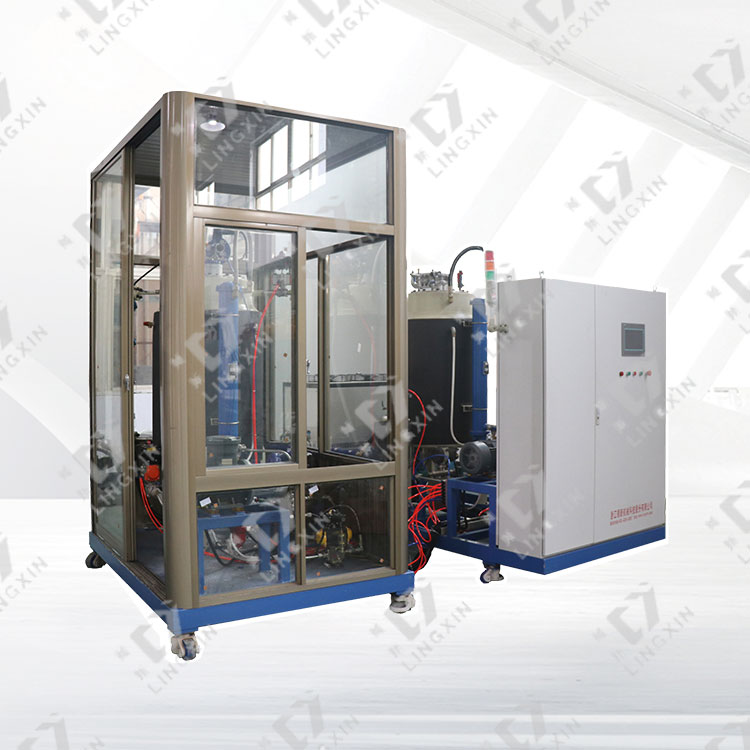company newsCurrent Pocation:home > company news
Introduction of polyurethane elastomer equipment
Polyurethane elastomer product is a series of elastomer materials with more carbamate groups on the main chain of polymer, which is actually polyurethane rubber, referred to as polyurethane rubber or polyurethane elastomer, referred to as PU or PUE. In addition to the carbamate group, the polymer chain also contains ester group, ether group, urea group, aryl group and fat chain. It is usually formed by the reaction of oligomer polyol, polyisocyanate and chain extender. Different structures and varieties of polyurethane elastomers are formed with different raw materials, proportion, reaction mode and conditions. Polyurethane English name is polyurethane, is a new kind of organic polymer materials, is known as "the fifth big plastic".
First, polyurethane elastomers can be divided into the following three types according to processing methods:
1, casting polyurethane elastomer English abbreviation: CPU;
Pouring polyurethane elastomers have the advantages of general liquid rubber, do not need rubber refining equipment, easy to form, but need special processing equipment and technology.
2. Mixed polyurethane elastomer (MPU);
Mixed polyurethane elastomers can be processed with general rubber equipment. In terms of its composition and structure, mixed polyurethane elastomers can be classified into polyester and polyether saturated elastomers and polyether saturated elastomers. The saturated type can be cross-linked with isocyanate, while the unsaturated type can be cross-linked with peroxide or sulfur.
3. Thermoplastic polyurethane elastomer (TPU).
Thermoplastic polyurethane elastomers are basically linear polymers. Only a large number of crosslinks are formed in the synthesis process, so it is thermoplastic, which can be processed under pressure without vulcanization, and it can also maintain elasticity at the temperature below 90℃. Thermoplastics polyurethane can also be divided into two categories: one is a true thermoplastics type of linear polymer with only a hydroxyl end group; The other type is thermoplastic/thermosetting, with an excess of isocyanate groups left in the molecule after the reaction, so it can be recycled many times until it is completely cross-linked.
